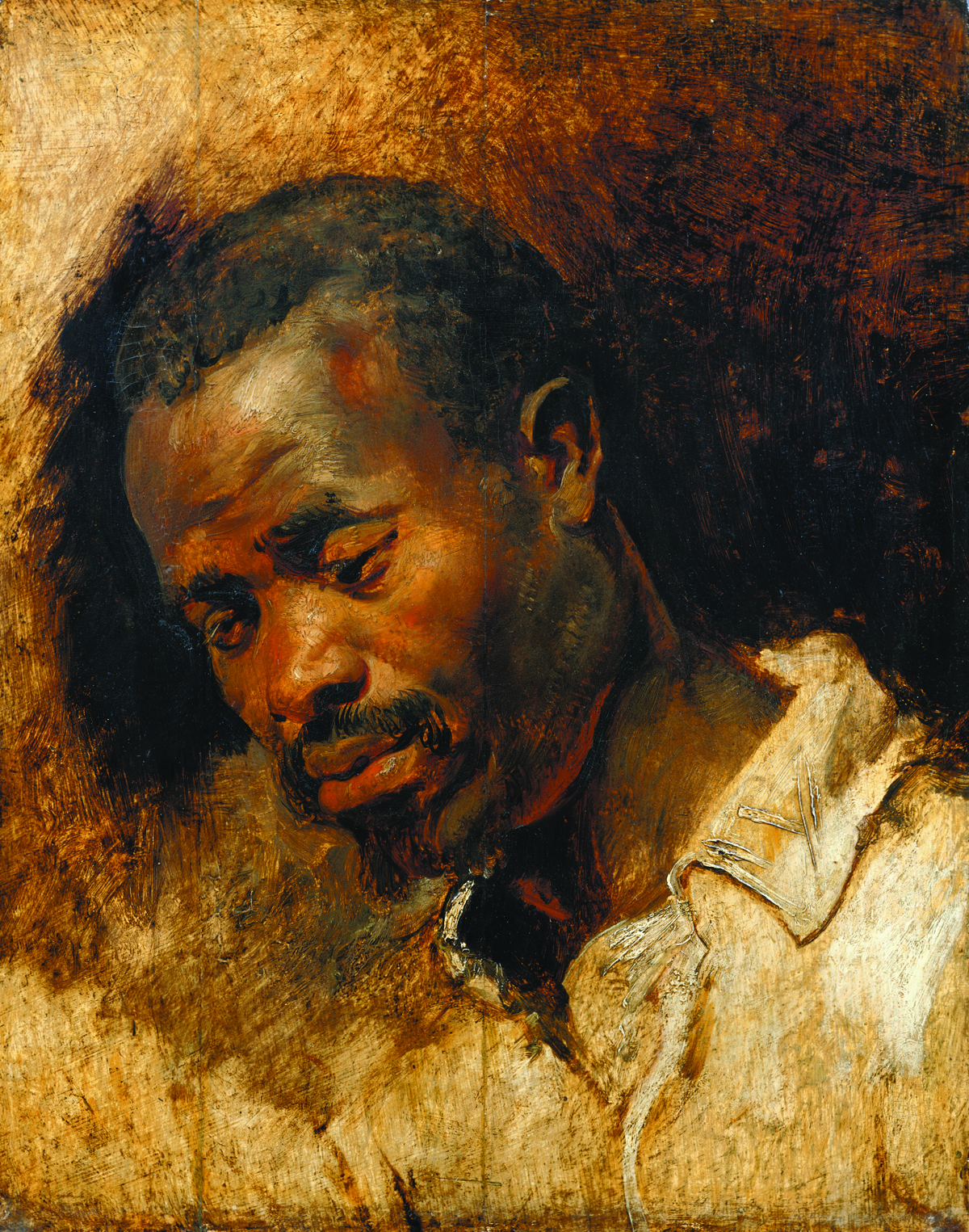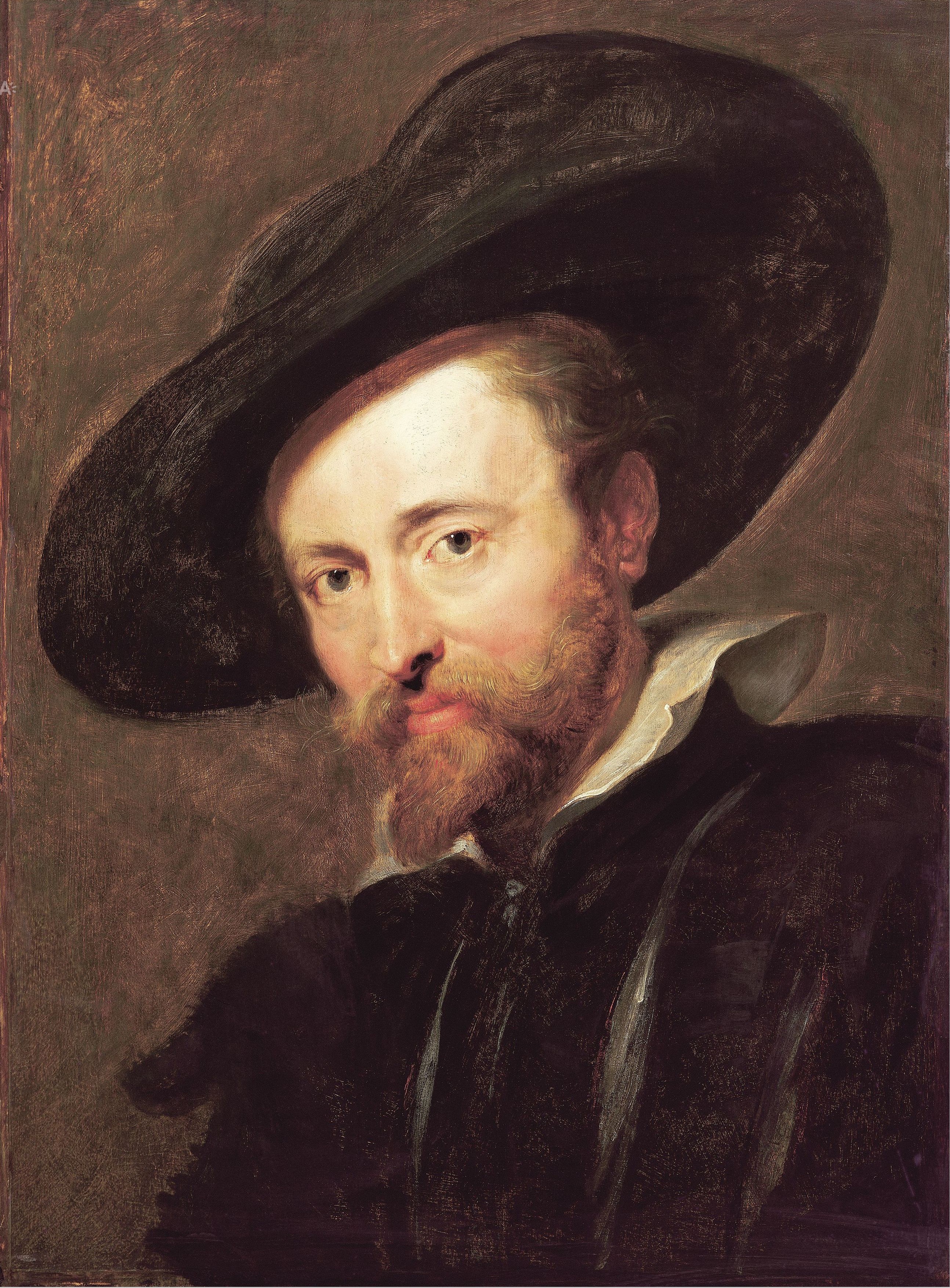The identity of this pensive, introspective African and his relationship to the artist Peter Paul Rubens are unknown but so intriguing. Rubens was one of the greatest painters in 17th-century northern Europe, and he painted this man on at least one other occasion. A panel bearing four headshots from different angles is preserved in the collection of the Royal Museum of Fine Arts in Brussels. It is believed to have been painted a few years earlier than this panel, suggesting that the African was a resident of Antwerp, where Rubens lived and worked, and someone with whom he was able to maintain some form of acquaintance. Even as Europe built up the slave trade, there were many free Africans who settled in the continent's major trading centers; Antwerp was Europe’s largest port. Perhaps he was a servant in the household of a prominent Antwerp businessman or nobleman who was also a patron of the arts, for Rubens’ contemporary, Jacob Jordaens, also painted him.
This painting is not a finished portrait; Rubens was not concerned to complete the background, nor to hide his painterly process. Look carefully and Rubens reveals the mechanics of painting, in part through a variety of brushstrokes as he dabs, strokes, and feathers an array of colors (among them white, grey, red, brown, blue, and black), all in his attempt to create the illusion of the head of a real, three-dimensional African man through paint on a flat surface. This panel is an artistic exercise, a masterclass in Rubens’ painterly style.
It was likely a head study for a figure in the Adoration of the Magi. During the Middles Ages, it had become tradition that the three magi with their gifts of gold, frankincense, and myrrh represented the three known continents of Europe, Asia, and Africa. Stories from ancient history also provided the opportunity for the inclusion of Africans in European art. The date of this oil study is very close to Shakespeare’s writing of Othello. We can only surmise from our understanding of his technique and practice, and the social context of his times, Rubens’ motivations for executing this sensitive and vibrant portrayal of an African in early 17th-century Europe.
We present today's painting thanks to the Hyde Collection.
P.S. Something funny for today: watch legs of people from famous paintings imagined here. :D


 Peter Paul Rubens
Peter Paul Rubens